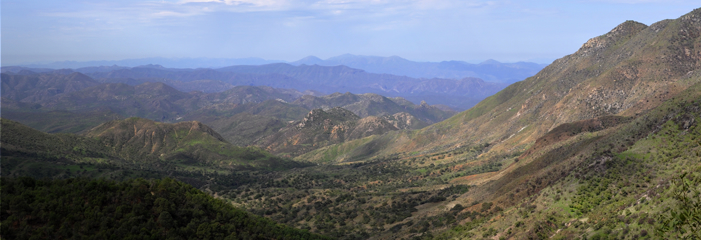Meet the Sky Islands
The Madrean Sky Islands, or Madrean Archipelago, is a world biodiversity hotspot in northwestern Mexico and the southwestern United States. This ecoregion is named for the 55 pine- and oak-studded mountain “islands” encompassed within and separated by desert and grassland “seas.”
These isolated Sky Islands range between 3,000 and over 10,000 feet (915 – 3300m) in elevation and connect the Colorado Plateau and temperate north with the Sierra Madre Occidental and neotropical south. Plants, animals, and habitats of the Great Plains grasslands, Sonoran desert, and Chihuahuan desert also connect and blend together here with the temperate and tropical.
This is where the jaguar and black bear meet, where bromeliads grow in the arms of maple trees, and where spicy chiltepin pepper and sweet Arizona canyon grape grow side by side.
This region of mountain ranges, known as the Sky Island region, spans four states and two countries and covers a patchwork of protected and unprotected public and private lands, which are interspersed by the cities of Tucson, Sierra Vista, and Nogales, Arizona; Silver City, New Mexico; and Hermosillo and Magdalena, Sonora.
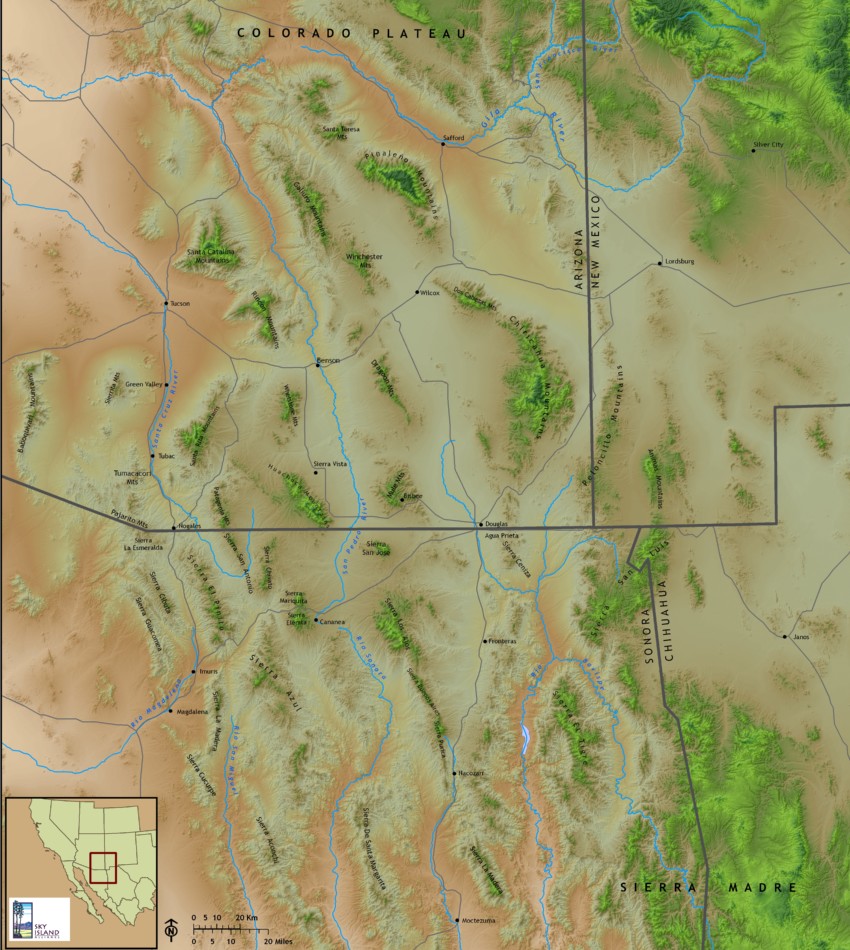
A map of the Sky Island region, including all the mountain ranges.
A Bit of History
The concept of the Sky Islands was first published in an 1943 article in Arizona Highways magazine called “Monument in the Mountain.” In the article, writer Natt N. Dodge referred to the Chiricahua Mountains in southeastern Arizona as a “mountain island in a desert sea.”1,2
The term “Sky Island” was later made popular by nature writer Weldon Heald, a resident of southeastern Arizona.3 In his 1967 book Sky Island, he demonstrated the concept by describing a drive from the town of Rodeo, New Mexico in the western Chihuahuan desert to a peak in the Chiricahua Mountains 35 miles away and 5,600 feet higher in elevation. Ascending from the hot, arid desert, the environment transitions to grassland, then to oak-pine woodland and pine forest, and finally to spruce-fir-aspen forest.
Around the same time this book was published, the idea of mountains as islands of habitat took hold in the scientific community, and the idea was included in the study of island biogeography. Although the name may have originated here, Sky Islands are not limited to the mountains of the Madrean Archipelago. Instead, this idea can be applied around the world where mountains are isolated from each other by lowland habitats.
So, what is a Sky Island?
A Sky Island is a mountain range that is separated from other mountain ranges by distance and by surrounding lowlands of a dramatically different environment.1 The result is a habitat island—such as a forest surrounded by desert.
As the mountain goes up in elevation, ecosystem zones change at different elevations. In the Madrean Sky Islands, we define a Sky Island range as a mountain that rises 3,000 feet (915m) in elevation or greater, has oak woodland habitat, and is isolated from surrounding mountain ranges by intervening lower elevation desert or grassland.
Endemic species (those found nowhere else in the world), animals that move back and forth between higher and lower ground (vertical migration), and refugee species found in one last remaining place (relict populations) are some of the natural wonders that can be found on Sky Islands.1
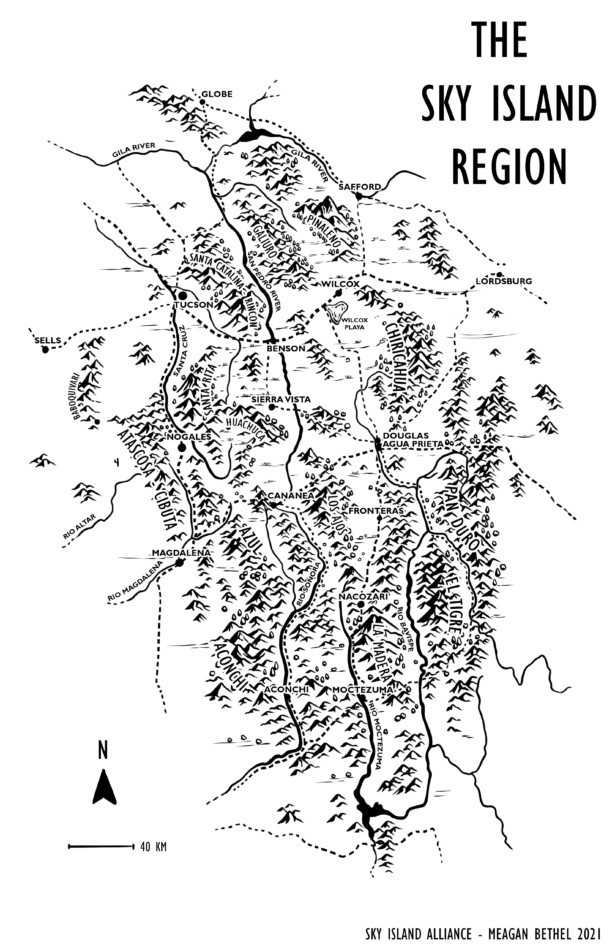
A hand-drawn map of the Sky Island region, created by Meagan Bethel for Sky Island Alliance. The map depicts many of the Sky Island ranges that are found within the region on both sides of the border.
Incredible Biodiversity
The Madrean Sky Islands contain some of the most rugged and remote lands in the southwest and feature some of the highest levels of biodiversity in the world. More than 7,000 species of plants and animals—including over half of the birds in North America—can be found here.
“To my mind these live oak-dotted hills fat with side oats grama, these pine-clad mesas spangled with flowers, these lazy trout streams burbling along under great sycamores and cottonwoods, come near to being the cream of creation.”
— Aldo Leopold, 1937.
The 143-mile (230km) stretch of the San Pedro River alone contains more native vertebrate species than Yellowstone National Park. In a day’s walk, you can climb through the desert and scrubland habitats characteristic of central Mexico up to mixed-conifer forests characteristic of Canada.
The majority of the Sky Island mountain ranges found in the U.S. are part of the Coronado National Forest, the most ecologically diverse national forest in the country. The Coronado National Forest also hosts more threatened and endangered species than any other National Forest in the U.S. In Mexico, these Sky Island mountains and low desert valleys are largely a mixture of private ranches, ejitidos, and Reserva Forestal Nacional.
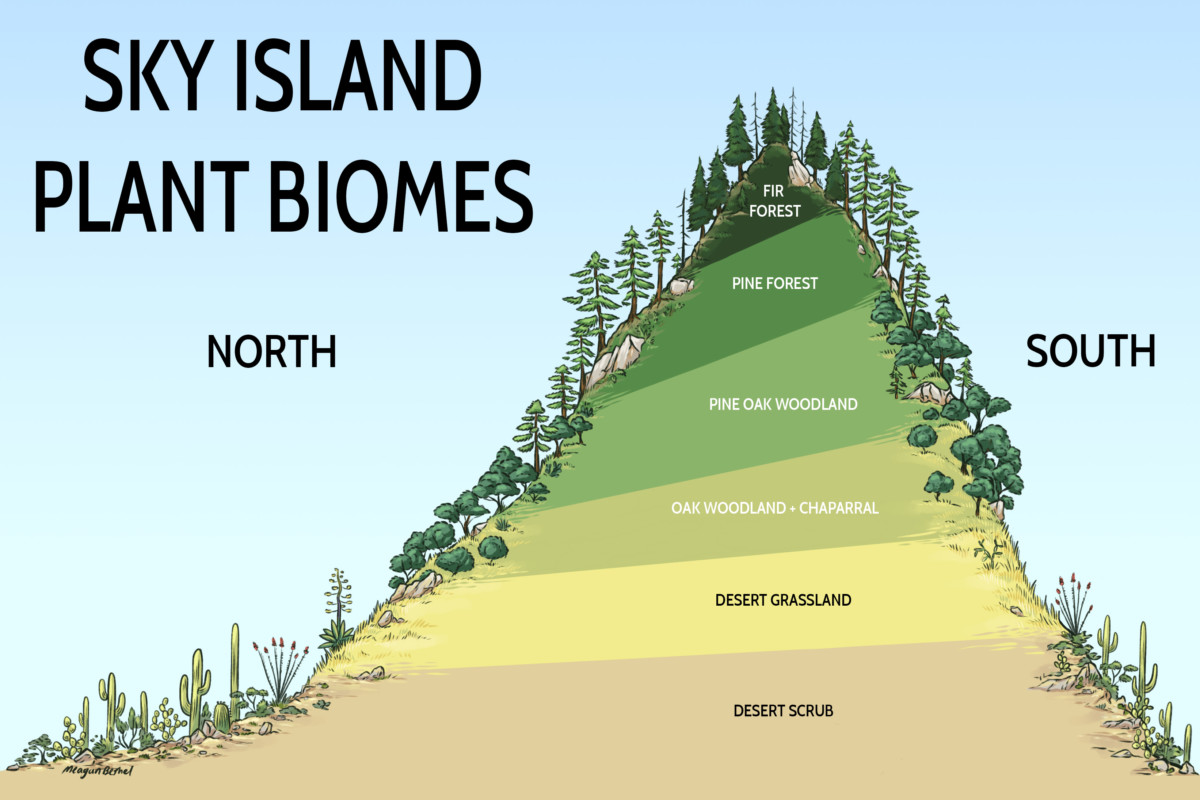
Sky Island Plant Biomes, showing the types of vegetation that grow at various Sky Island elevations. Credit: Meagan Bethel
Wildlife of the Region



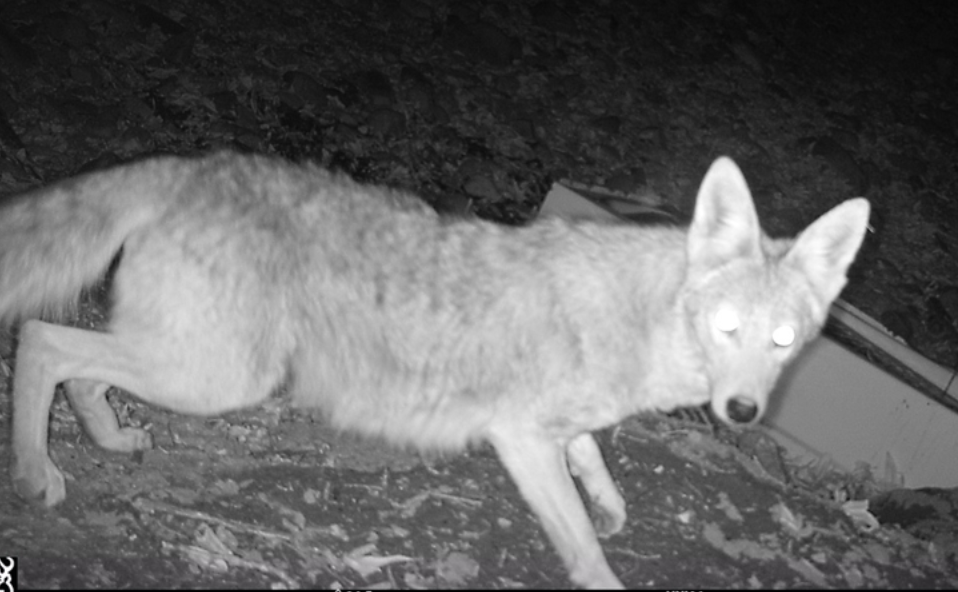
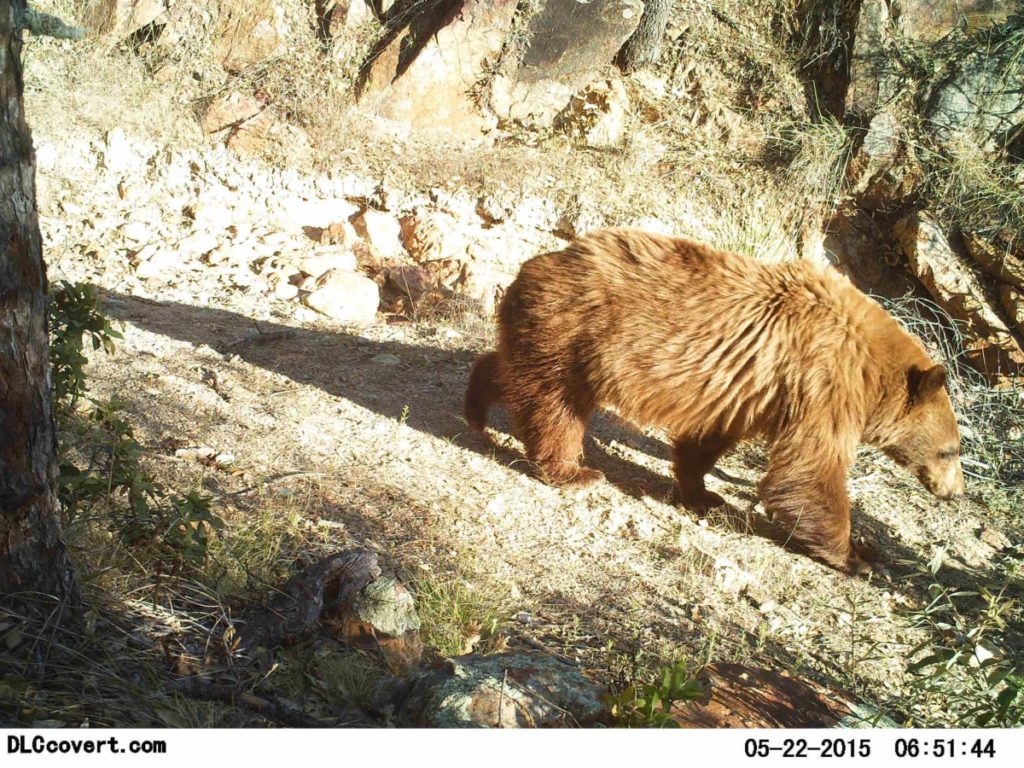
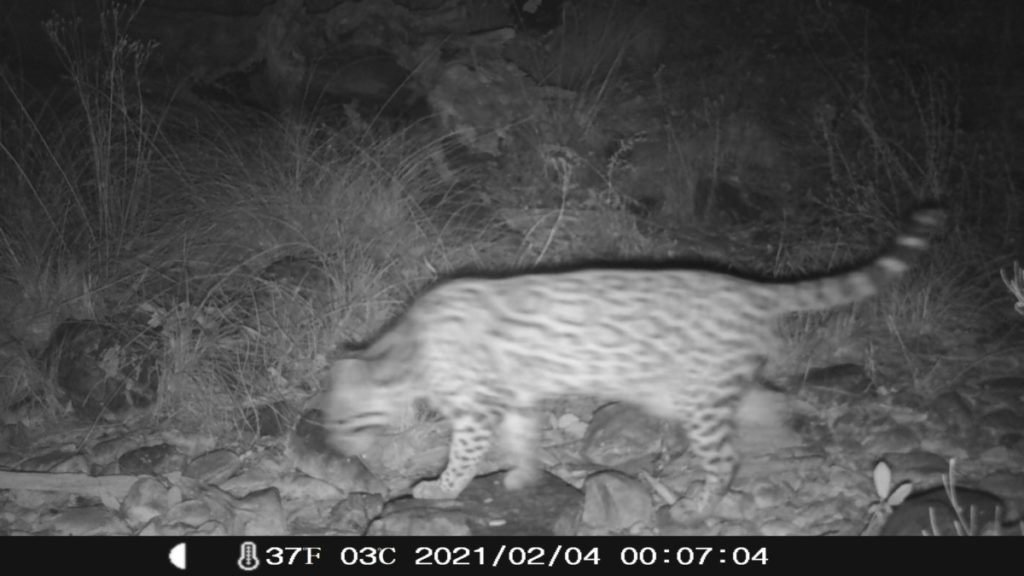
Sources
1. Wikipedia: http://en.wikipedia.org/wiki/Sky_island.
2. Dodge, Natt (March 1943). “Monument in the Mountain”. Arizona Highways (Phoenix, Arizona: Arizona Highway Department) 19 (3): 20–28.
3. Heald, Weldon (1967). Sky Island. Princeton, New Jersey: Van Nostrand. pp. 114–126.

